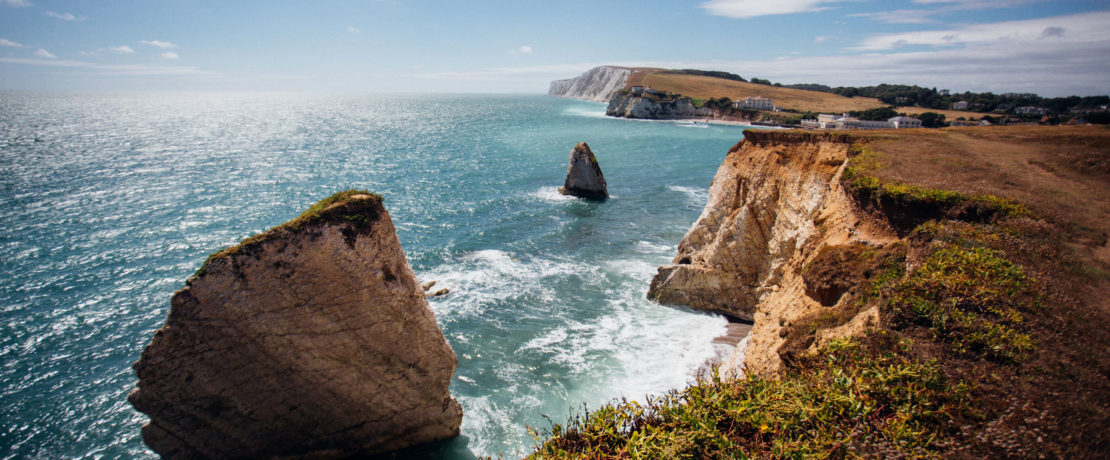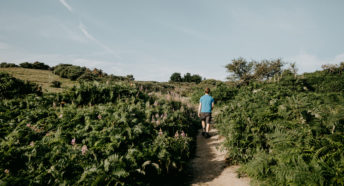The Isle of Wight, a UNESCO Biosphere
The Isle of Wight countryside and seascape is truly unique, and it’s not just the residents who say so.
In 2019, the island gained the prestigious status of UNESCO Biosphere Reserve in acknowledgement of the special and varied nature in and around the island, and the way in which the residents live alongside harmoniously. The Isle of Wight became the sixth such reserve in the UK, thanks to the Area of Outstanding Natural Beauty (AONB) team.
The UNESCO status highlights how we have a special mix of the best wildlife sites found anywhere in England, landscape that is nationally important, a rich culture and heritage, and a population that is resilient, diverse and vibrant.
What makes the island unique?
Examples of our unique natural sites include:
- the Tennyson Heritage Coast and the island’s finest chalk downs
- the Hamstead Heritage Coast, with fossil and dinosaur footprints dating back 65 million years
- multiple ancient woodlands populated by red squirrels
One of the reasons we became a UNESCO Biosphere Reserve is that the Isle of Wight represents a unique assemblage of species. The island is an interconnection between the northern most point for some species and the southernmost for others. For example, the Glanville Fritillary is found in abundance on the southern cliffs of the island yet is exceptionally rare elsewhere in Britain.
You can learn more about what this means on the Isle of Wight Biosphere website.
*United Nations Educational, Scientific and Cultural Organisation





